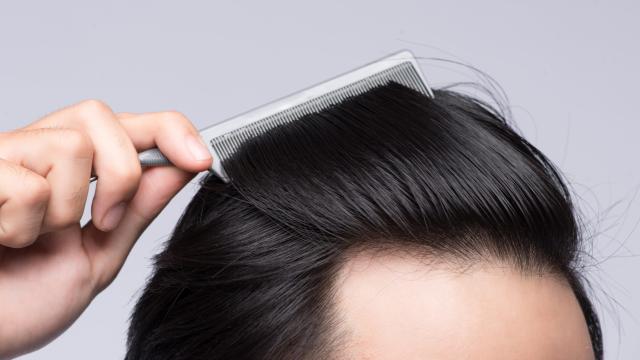Not only can cold, dry winter air be problematic for your skin, it can cause some unwanted changes to your hair and scalp as well. This means that we may have to shift our haircare routines in order to protect it more throughout the season. And part of that is avoiding certain treatments and styling techniques that can cause additional damage to your hair. Here’s what to know.
What happens to your hair during the winter?
When the temperatures drop outside, and the air is dry inside — plus having static electricity, harsh water treatment chemicals, and hat hair (i.e. friction) to contend with — you may notice that your hair and scalp feel different than they did in warmer weather.
“You should treat your hair like a cashmere sweater,” says dermatologist Dr. Wilma Bergfeld of the Cleveland Clinic. “Remember, hair is a fibre.” And although every person’s hair is different, she says it’s important to treat it gently this season — especially those with fragile, damaged, or fine hair.
What to avoid doing to your hair during the winter
Instead of focusing on finding products to fix the issues that come with winter hair, doctors like Bergfeld and Dr. Jeff Donovan, a Vancouver-based certified dermatologist, recommend staying away from certain treatments and techniques during the cold weather, including the following:
Styling that involves heat
“The first rule of thumb is to limit how often you beat [your hair] up by scorching it with an iron, overheating it with a dryer, or using a caustic chemical on it,” Bergfeld explains. More specifically, Donovan recommends limiting use of a flat iron, hair dryer, and/or curling iron to a few days a week, and when you absolutely must use them, making sure your hair is 70 per cent dry before styling.
Wearing an unlined hat
That frizzy, staticky ‘do known as “hat hair” is the result of wool, cotton, or other coarse fabrics rubbing against strands of hair and absorbing moisture, Donovan explains. People with curly or wavy hair are particularly prone to hat hair, which can potentially cause breakage, so he recommends wearing hats with a silk or satin lining, or using a scarf as shield.
Colouring and bleaching
Although some hair colouring substances and methods are safer for your hair than others, Bergfeld says that your best bet is avoiding colouring your hair during the winter months. That’s because in order to remove your hair’s pigment, colour treatments have to penetrate the strands of hair strands, breaking down essential fatty acids and proteins. This is the case all year, but it takes longer for your hair to recover from the process in the winter.

Leave a Reply
You must be logged in to post a comment.